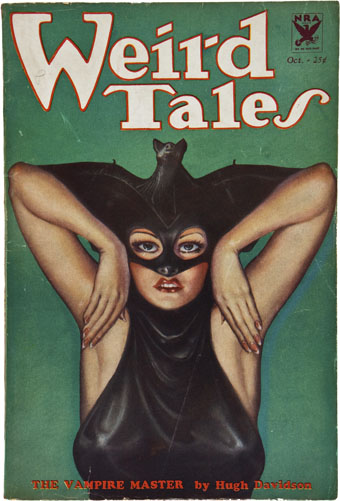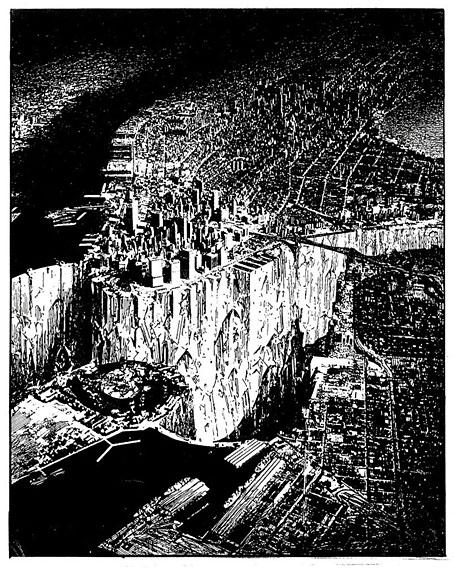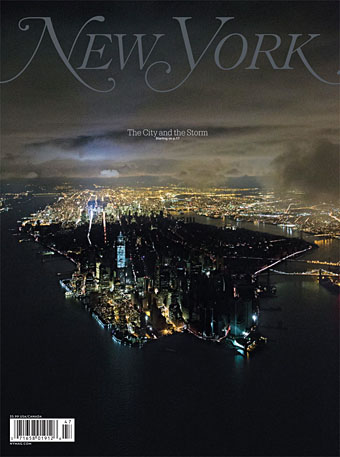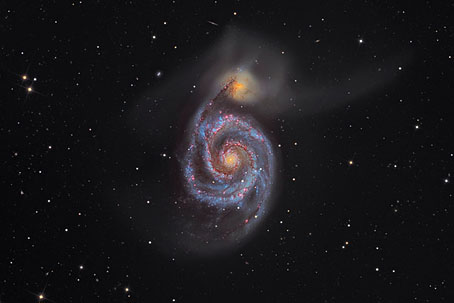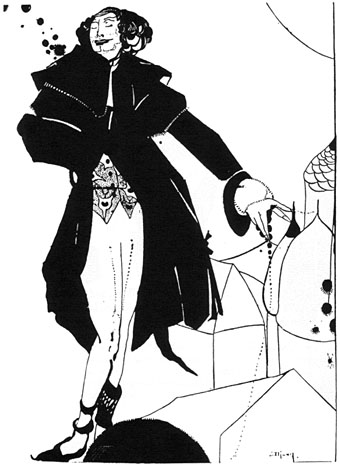
Pan II (2012) by Fredrik Söderberg.
• “Aubade was a surprise success, selling some 5000 copies and going into a second printing and an edition published in America. Martin was immediately a minor celebrity, being interviewed for articles that couldn’t mention what his book was actually about.” Rediscovering the works of Kenneth Martin.
• “I can’t stand covers which imitate other covers, or which slavishly look like whatever their designated genre is supposed to look like.” Ace cover designer Peter Mendelsund is interviewed.
• At The Outer Church Isablood & Henry of Occult Hand are interviewed about their mixtape.
I’d decided to pay my respects in an unorthodox way, by time-travelling into the period of Thatcher’s pomp, when she occulted the light, alchemised the bad will of the populace and did her best to choke the living daylights out of the awkward, sprawling, socially coddled essence of metropolitan London. Hers was a tyranny of the suburbs operating from a position of privilege at the centre: she might have invested in a Dulwich retirement property, but she couldn’t sleep in it.
Iain Sinclair visits Tilbury on the day of the Thatcher funeral. Related: Iain Sinclair and Jonathan Meades in Conversation, Oxford Brookes University, March 2013.
• Ormond Gigli’s best photograph: women in the windows in Manhattan. See it full size here.
• Balzac and sex: How the French novelist used masturbation to fuel his writing process.
• At Dangerous Minds: Kenneth Williams and John Lahr discuss Joe Orton in 1978.
• Yet more Bowie: Sukhdev Sandhu reviews Ziggyology by Simon Goddard.
• The Spectacular, Wild World of Tenjo Sajiki and its Posters.
• In 1967 Susan Sontag made lists of her likes and dislikes.
• Stephen Sparks on fin de siècle author Marcel Schwob.
• Day Jobs of the Poets by Grant Snider.
• James Turrell’s Ganzfeld Experiment.
• The Pan Piper (1960) by Miles Davis & Gil Evans | Panorphelia (1974) by Edgar Froese | Pandora (1984) by Cocteau Twins

